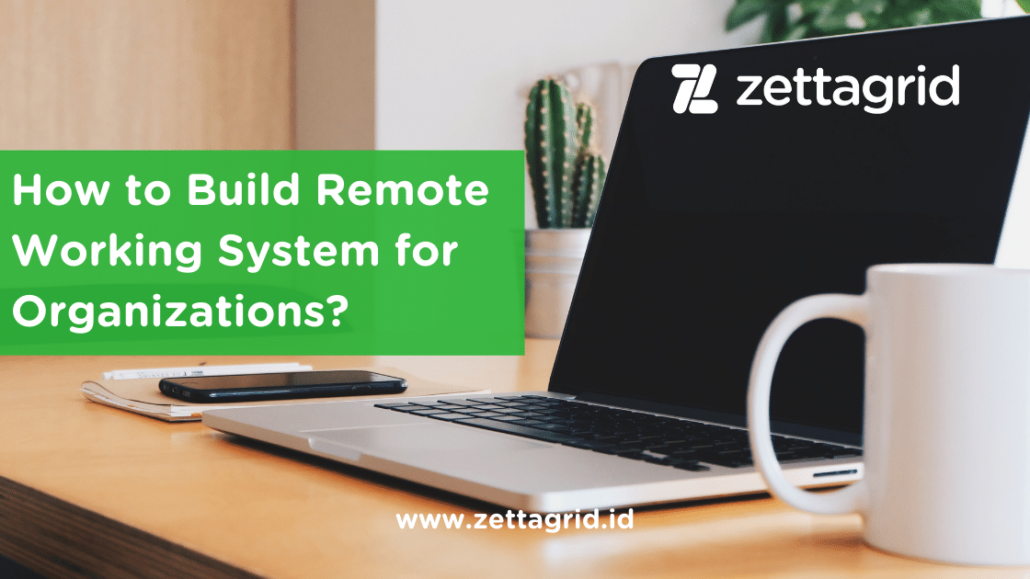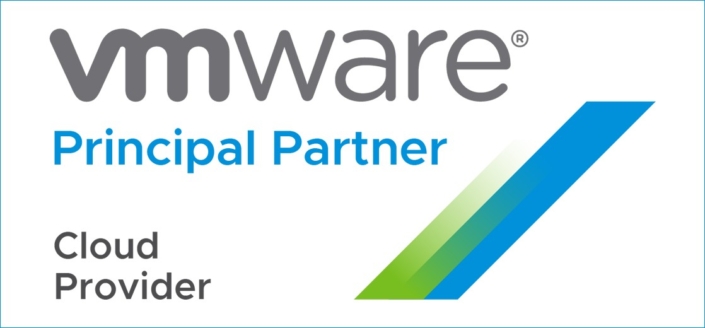4 Reasons Why Many Businesses Adopt Hybrid Cloud

4 Reasons Why Many Business Adopt Hybrid Cloud
Since the digital era began, many companies are relying on technology to automate their business. Ranging from scaling up IT capacity, collaborative work, data-sharing, and data storage, technology had helped business more efficient on their utility. No wonder many businesses now are on the race to digitally transform using technology. One of those such as Hybrid Cloud solutions.
As more organizations look to the public cloud to increase their data management capacity, hybrid cloud has often to be the solution of choice. With its agility and scalability, Hybrid Cloud offers enterprise efficient and flexible workloads. Therefore, it is not a surprise anymore to see this technology enables organizations to remain competitive while staying on budget.
Not only that, but this technology also brings a couple of things that can be another reasons for business to adopt. What are those? Read them below here:
1. The Hybrid Cloud Offers More Deployment For Business Needs

(Source: NicoElNino from Getty Images Pro)
In maintaining IT environment, business storage certainly has its nuances. To operate better, business needs the operational flexibility to address them. But, no worries! Hybrid Cloud adoption can help business through the needs with more deployment options than other storage models.
As the comparison, for the on-premise component, business can only choose the options that range from zero-up-front cost software running on the business servers, to multi-petabyte turnkey system. Meanwhile, for the cloud component, a range of offerings could be long-term or short-term storage needs. Therefore, cloud storage enables business to mix and match the optimal solution. Whether it is for the rapid data access on-premises or long-term archival storage, these needs can be done by a common set of storage techniques and tools.
2. Hybrid Cloud offers better data protection strategy

(Source: anyaberkut from Getty Images Pro)
Realize it or not, data protection is fundamental to every business storage. With the large data, applications, and systems it contained, business have to protect its storage so it could get off of the threats of data loss. Hybrid cloud storage model offers business of all sizes incredible data protection options, such as backup deployment.
With a hybrid configuration, you can backup data to object storage on premises, then automatically tier data to the cloud for long-term archive.
In this way, business could have two optimal results: business have a copy of data on-site for rapid recovery and a low-cost, long-term archive offsite copy for disaster recovery.
3. Help business meet data governance rules

(Source: ipopba from Getty Images Pro)
Have you heard, external and internal data governance rules play a big part in data storage planning? According to Cloudian, business internal policy and external regulation required financial data and customer records management that subject to security, governance, and compliance rules.
Luckily, Hybrid Cloud is here for us. With its model, business can more easily accommodate the changing needs. Not only that, but this technology can also set policies to ensure compliance tailoring migration and data protection rules to specific data types.
4. It delivers operational efficiency

(Source: designer491 from Getty Images)
Hybrid storage is one of the most scalable storage model for business needs. It combines local storage with cloud storage that is limitlessly scalable, for all practical purposes. Not only that, but its single-pool storage model reduces data silos, and simplifies management with a single namespace and a single view. Therefore, it is not surprising to see how hybrid can deliver business operational efficiency.
Those are four reasons why hybrid cloud adoption is implemented by many companies. But, how to adopt this solution for business?
Find out more of these tips on Zettagrid e-Techday: Evolving to Hybrid Cloud Infrastructure for your Digital Business. Meet our expert Teddi Suryadi as Cloud Consultant Zettagrid Indonesia and Andri Junardi Ahmad as Advisory Systems Engineer South East Asia CI/HCI Presales Specialist, Dell Technologies, to learn about Hybrid Cloud adoption for your business needs.
Don’t miss this chance, register now here and win OVO for the first 50 registrants.
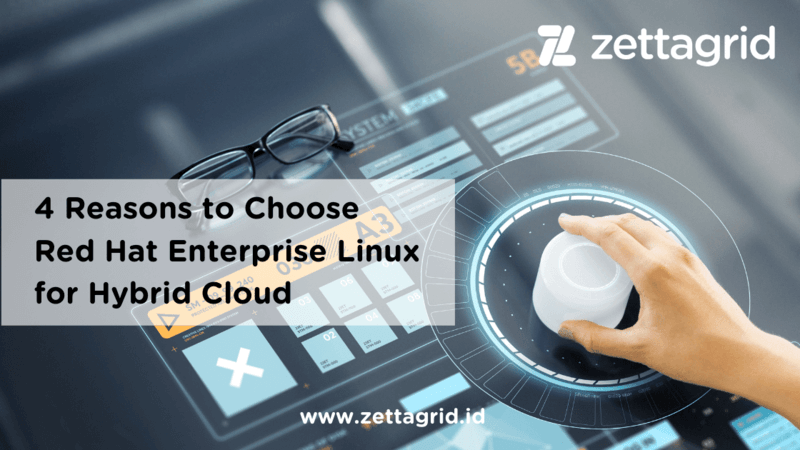 4 Reasons to Choose Red Hat Enterprise Linux for Hybrid Cloud
4 Reasons to Choose Red Hat Enterprise Linux for Hybrid Cloud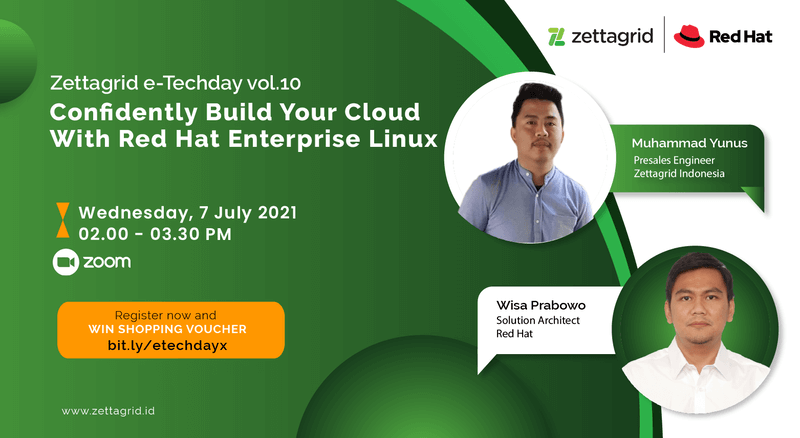 Confidently Build Your Cloud With Red Hat Enterprise Linux
Confidently Build Your Cloud With Red Hat Enterprise Linux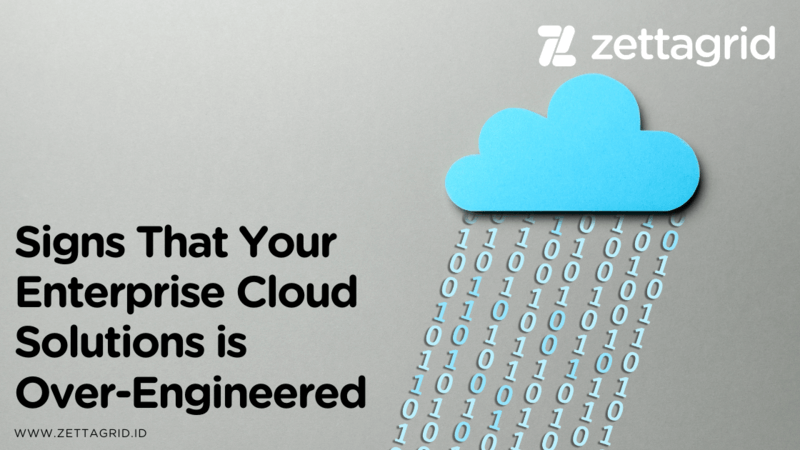
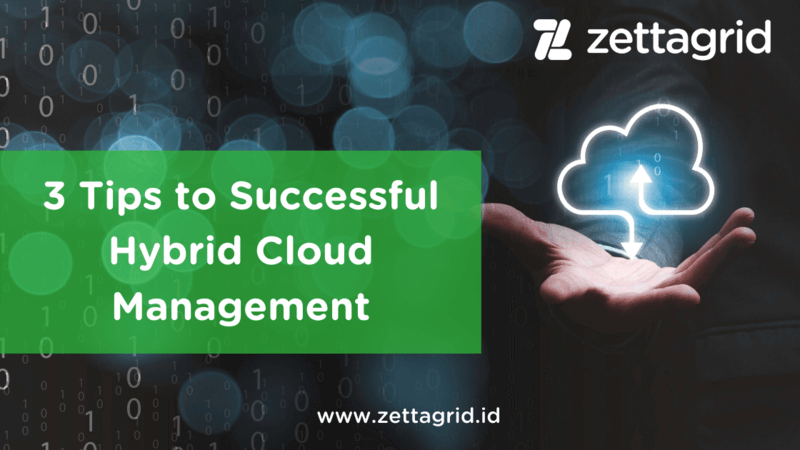



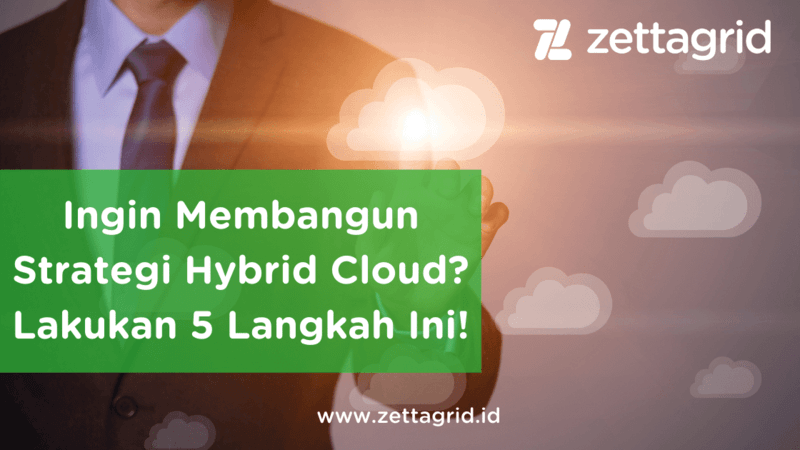
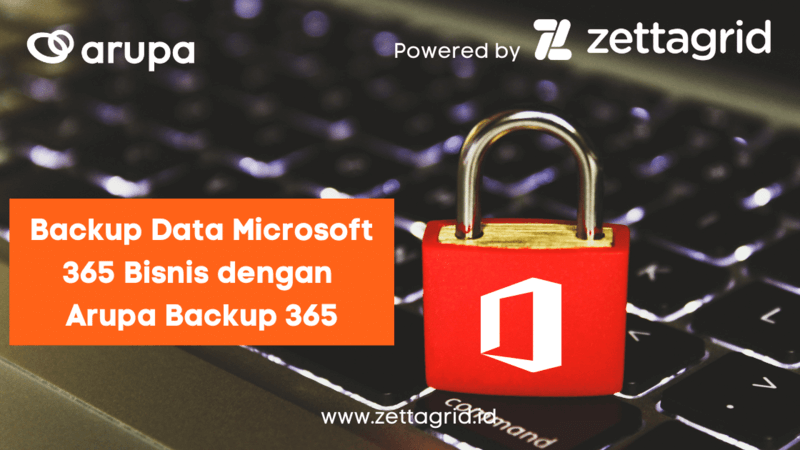 Backup Data Microsoft 365 Bisnis dengan Arupa Backup 365
Backup Data Microsoft 365 Bisnis dengan Arupa Backup 365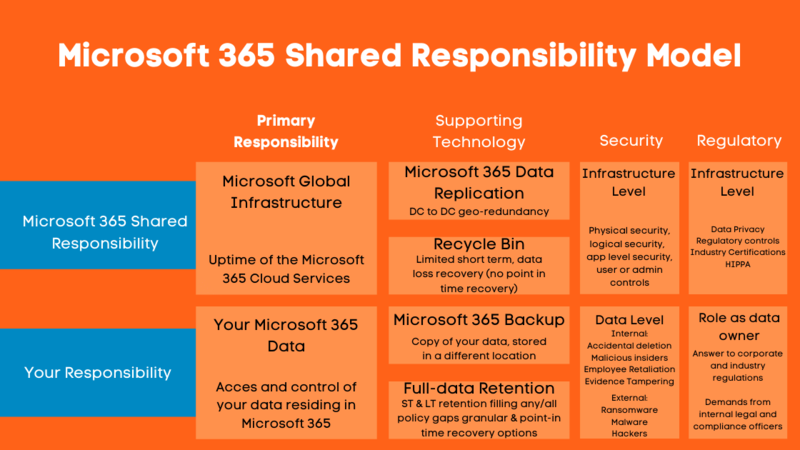




 Protect Fintech With 5 Functions of Veeam Backup
Protect Fintech With 5 Functions of Veeam Backup




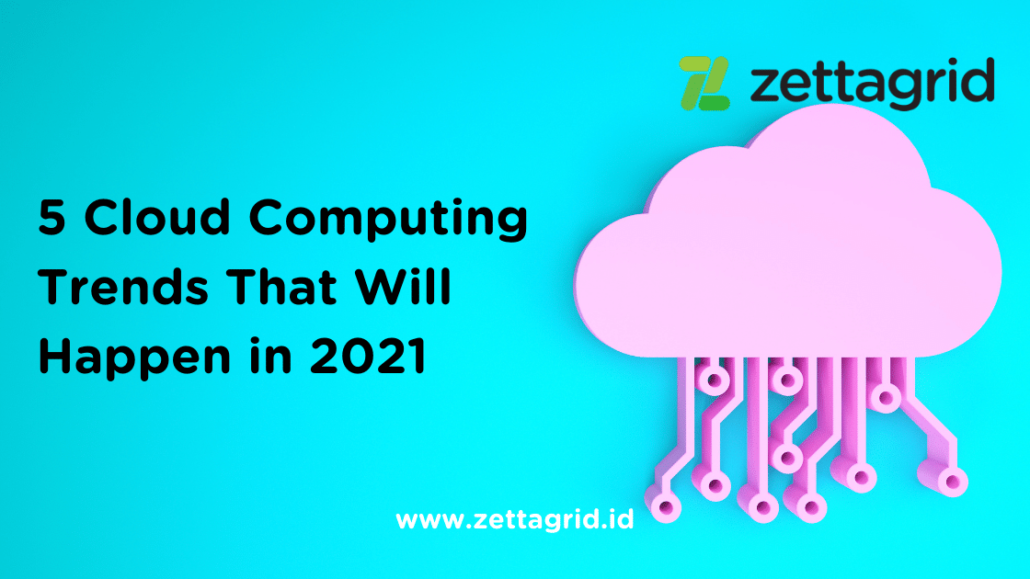 5 Cloud Computing Trends That Will Happen in 2021
5 Cloud Computing Trends That Will Happen in 2021